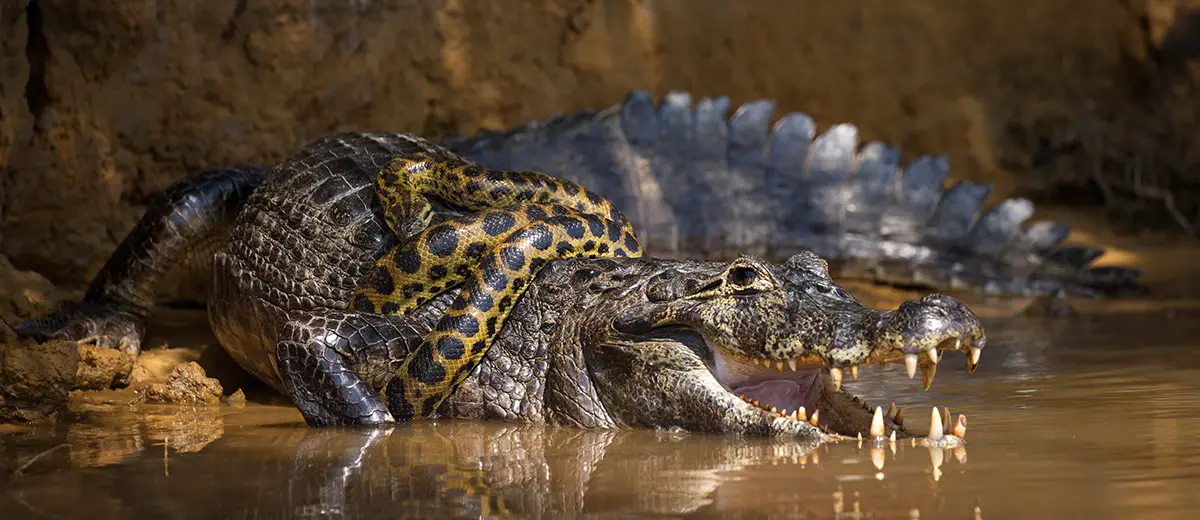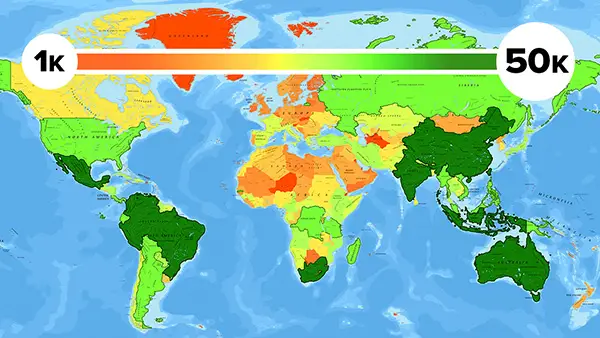All 17 Megadiverse Countries
If biodiversity were in the Olympics, Brazil would not only medal in every single event but would capture 50% of the gold medals. Furthermore, there exist only a few nations on earth capable of competing with the Amazonian behemoth. But species count alone does not qualify a county as megadiverse. Endemism refers to the state of a species or other taxon being unique to a specific geographical region and was a heavily weighted factor when, in 1988, the world’s 17 megadiverse countries were first proposed. Our journey into the world of competitive biodiversity begins on a continent that is perhaps more famous for its wildlife than any other.
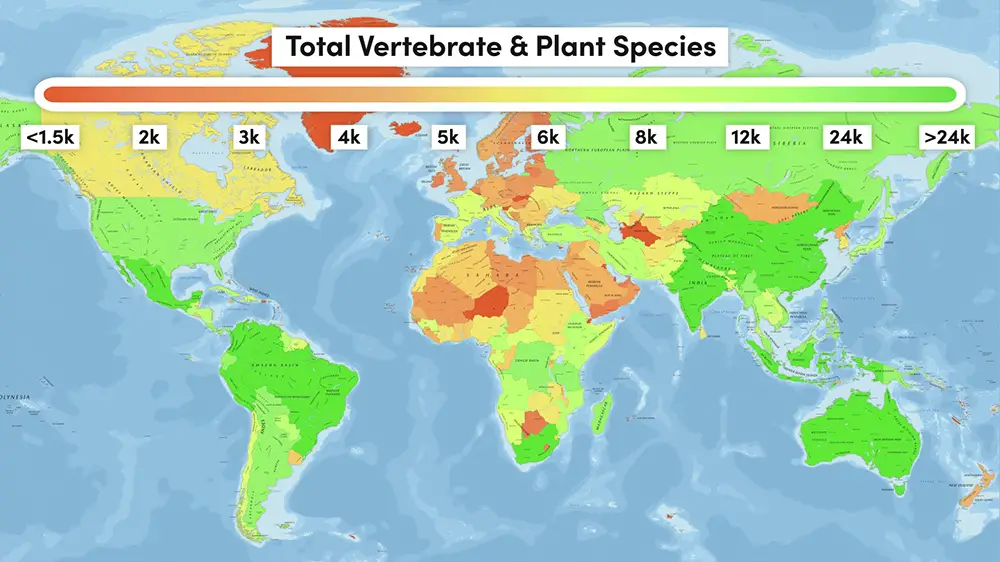
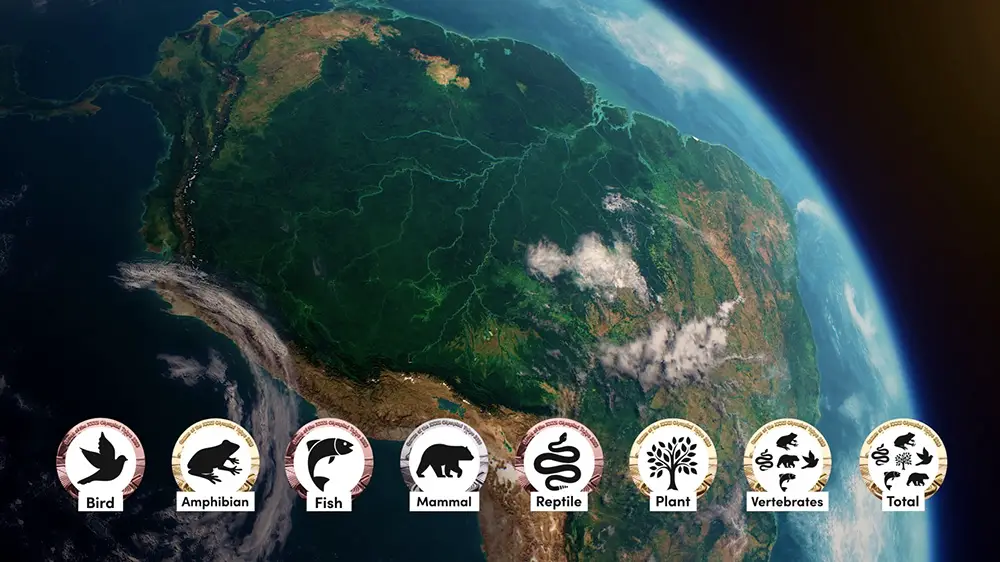
Left: Map showing total species count for each country & Right: Brazil’s hypothetical Biodiversity Olympic medals! Screenshots from Youtube.
Contents
- Madagascar | Africa
- South Africa | Africa
- The Democratic Republic of Congo | Africa
- India | Asia
- China | Asia
- Phillippines | Asia
- Malaysia | Asia
- Indonesia | Asia
- Papua New Guinea | Oceania
- Australia | Oceania
- United States | North America
- Mexico | North America
- Venezuela | South America
- Colombia | South America
- Ecuador | South America
- Peru | South America
- Brazil | South America
Madagascar | Africa
Although Madagascar features some of the world’s most unique and interesting animals, surprisingly, it is not only home to the lowest number of vertebrate species of any megadiverse country but ranks just 30th worldwide. It is thanks to its long historical separation from any mainland continent, however, that this island nation exhibits some of the highest levels of endemism with an estimated 85% of its animals and 90% of its plant species found nowhere else on earth.
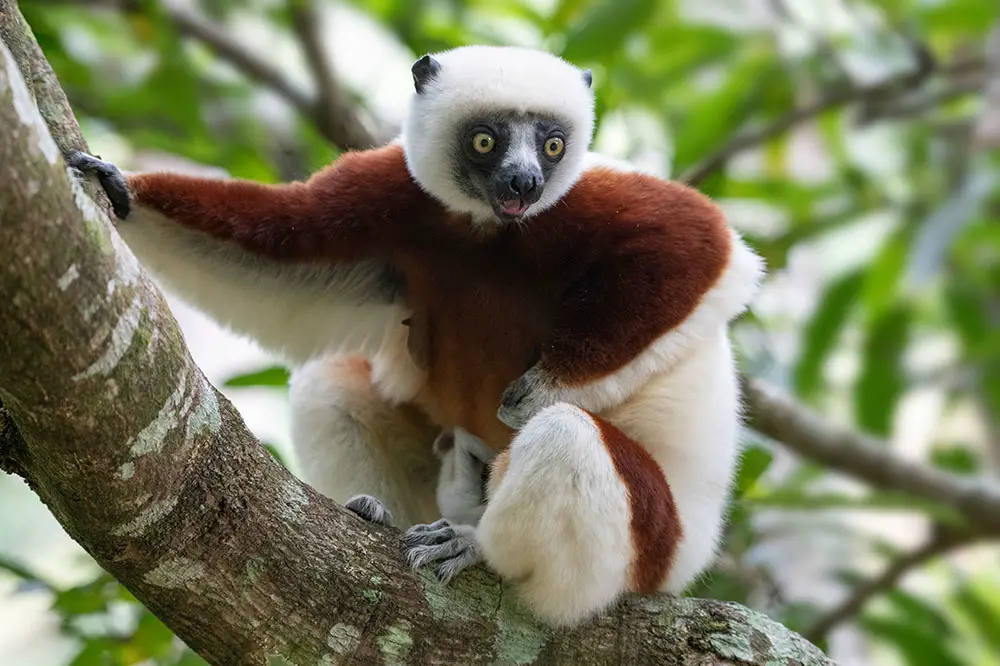
It is the only place in the world where lemurs abide in the wild, playing host to all 100 species, and also boasts a large number of reptiles with over 400 being endemic to the island. That said, it is Madagascar’s performance in the amphibian category that is most impressive, ranking 11th globally. Along its eastern coastline, the Mozambique Channel separates Madagascar from mainland Africa, where we continue our journey in a country with a surprising ecological makeup.
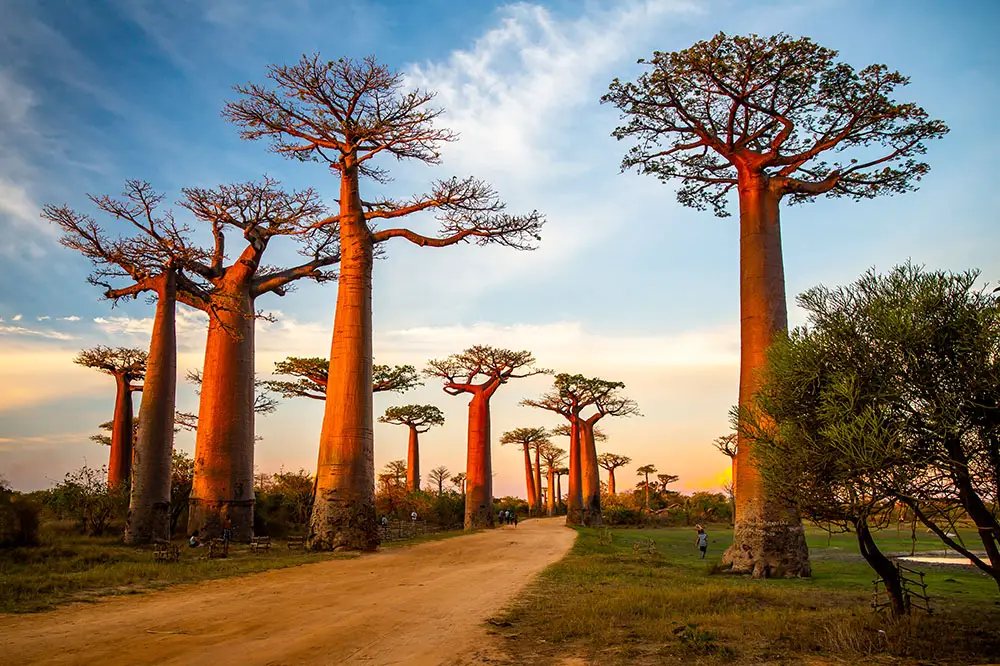
South Africa | Africa
South Africa is indeed one of the most biodiverse places on earth but not for the reason you might think. While this country is home to a long list of incredible animals and some of the most famous safari destinations, it is in fact South Africa’s Cape floral kingdom—specifically a shrubland habitat known as fynbos which features 9,000 species of plants—that secures the country’s designation as megadiverse.
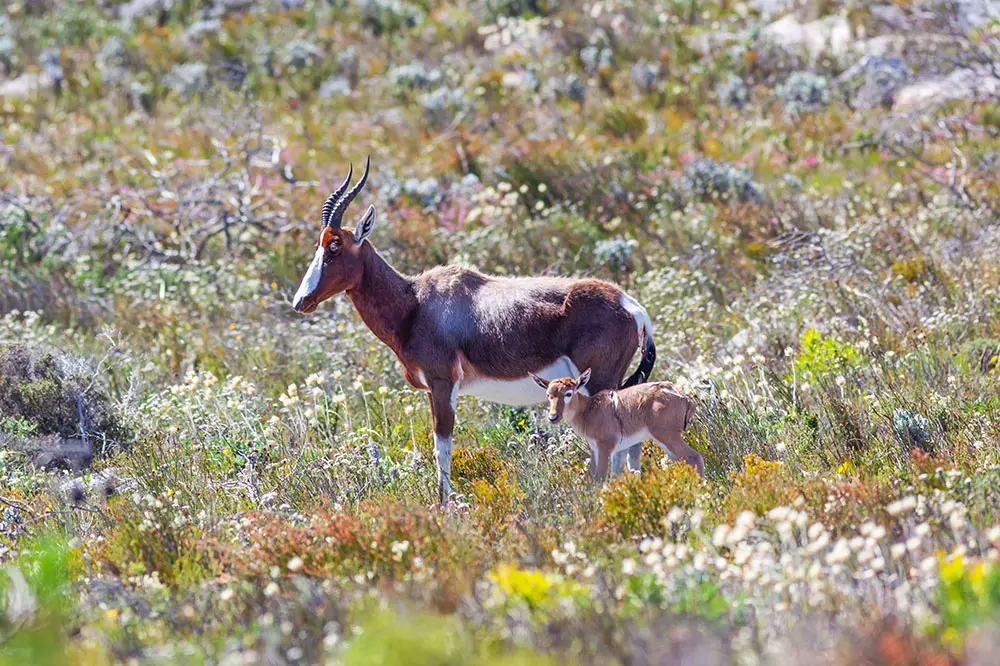
In terms of fauna, the wide array of mammals and birds on display here do not actually rank that highly when compared to other countries. Rather, it is South Africa’s reptiles that perform the best, with the 17th highest number of species. This country also features a long picturesque coastline that stretches 2,798 km / 1,739 mi around the southern tip of the continent and is home to many animals including some of the world’s most infamous aquatic predators. Almost 1000 km from South Africa’s northernmost border sits another country that showcases a very different side to African biodiversity.
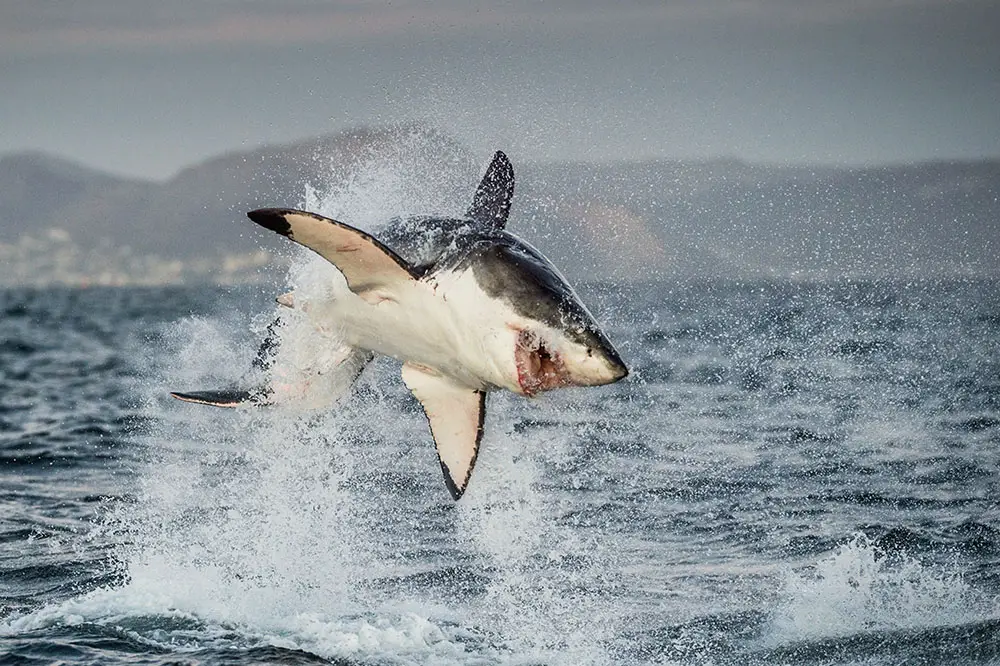
Democratic Republic of Congo | Africa
The Democratic Republic of Congo is Africa’s second-largest country and contains around 60% of the Congo basin, which is surpassed in size only by the Amazon. This huge drainage basin, which stretches 500 million acres across Central Africa, creates a wealth of biodiversity so much so that the rainforest here is often referred to as the world’s second lung. That said, the DRC is home to a surprisingly small number of vascular plant species, ranking just 28th globally.
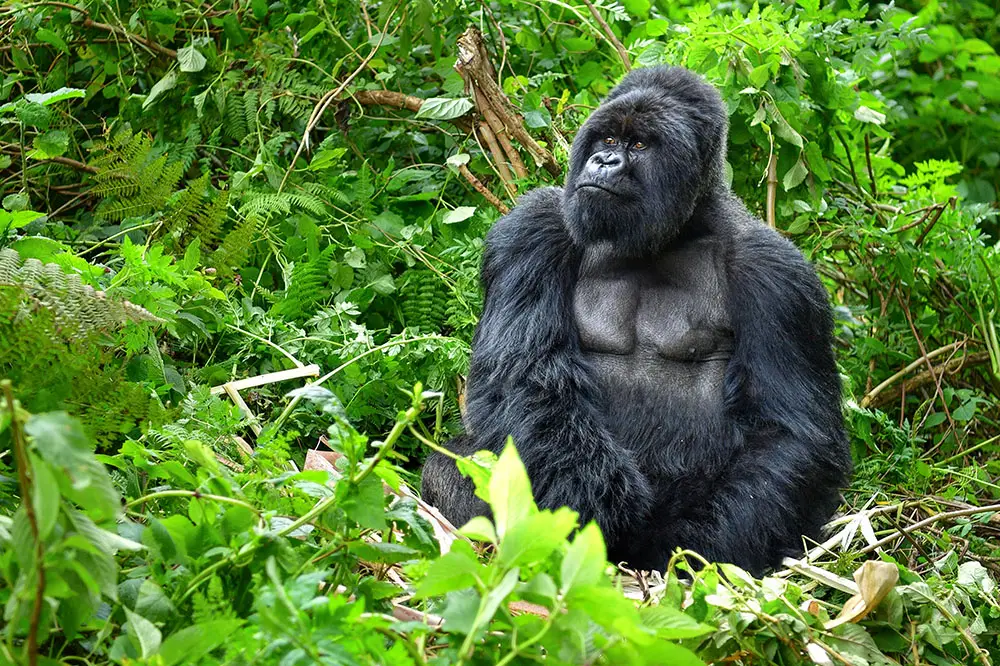
Where this country does shine is its number of mammal and bird species which place 8th and 10th respectively. Some of the world’s most endangered primates can be found in the forests of the Congo along with many fascinating species of invertebrates. The Congo River itself is one of legend and contains not only some of the world’s largest reptiles but also a great number of freshwater fish species, with more than 300 being endemic to the nation’s waterways. There are only 10 countries larger than the DRC one of which is located 5,000 km across the Arabian Sea.
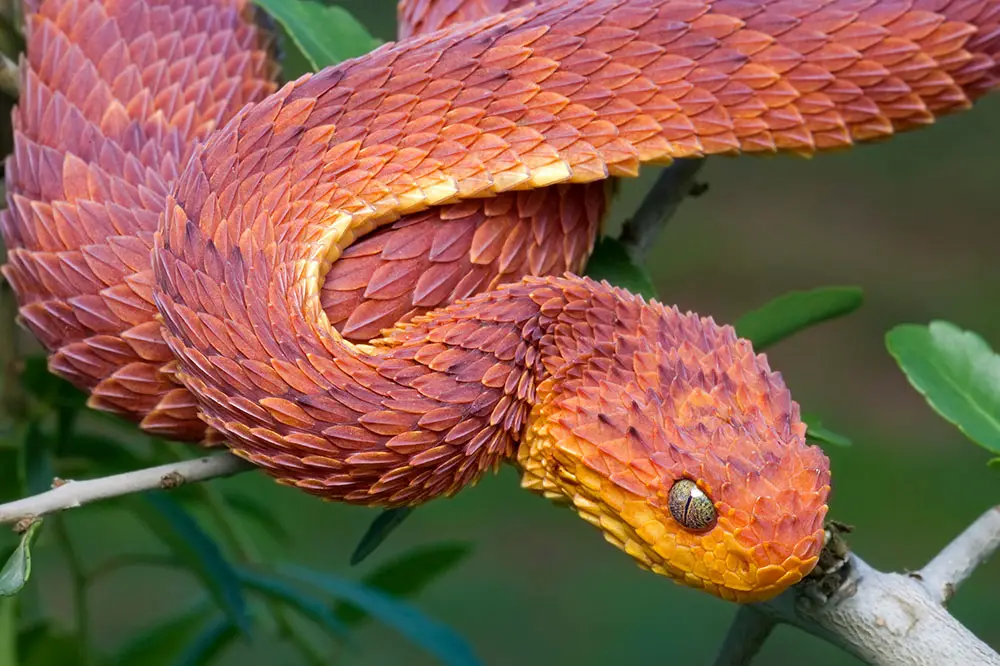
India | Asia
India features one of the most balanced profiles when it comes to species diversity, placing in the top 10 for every event. It is the 7th largest country in the world and, like the Congo, its vast swaths of tropical forest support much of its biodiversity. Although India is the only country on earth to feature both tigers and lions and is one of only two countries with four species of bear, it is India’s reptiles that perform the best, ranking 5th with over 700 species.
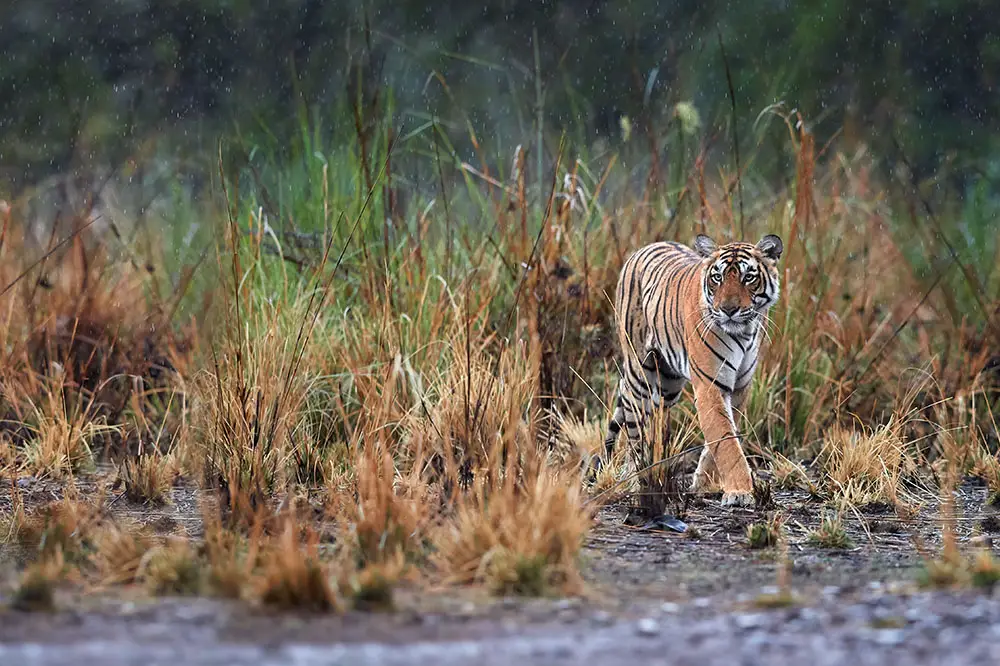
India is also one of only 16 countries that are home to more than 1,000 species of birds, many of which display wonderfully colourful plumage. At 7,516.6 km / 4670.6 mi the coastline here is twice the length of South Africa’s and features a set of fish species more accustomed to the warm tropical waters of the Indian ocean. India’s northern border sits at the foothills of the Himalayas, a mountain range that makes our next stop all the more interesting.
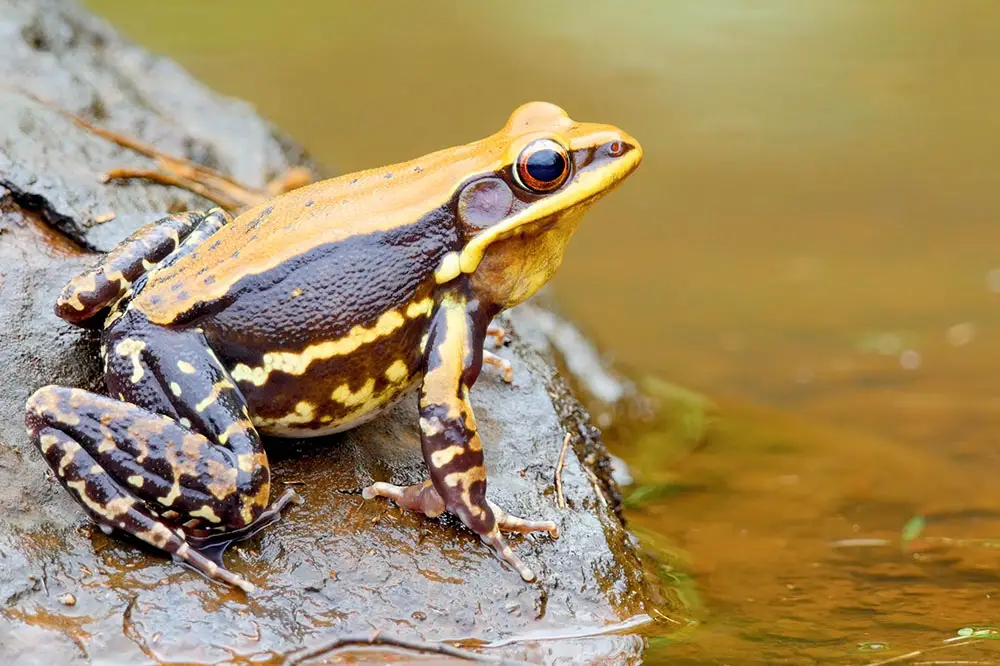
China | Asia
China is another country that places in the top 10 for every category but is the first country we’ll explore that would medal in the biodiversity Olympic games. It is home to the 3rd highest number of mammal species found across a wide range of habitats from the snowy Tibetan plateau to the lush temperate and tropical forests further east. These forests cover around 20% of China’s total land area and in addition to contributing to the second-largest number of vascular plant species, house many of the country’s colourful birds.
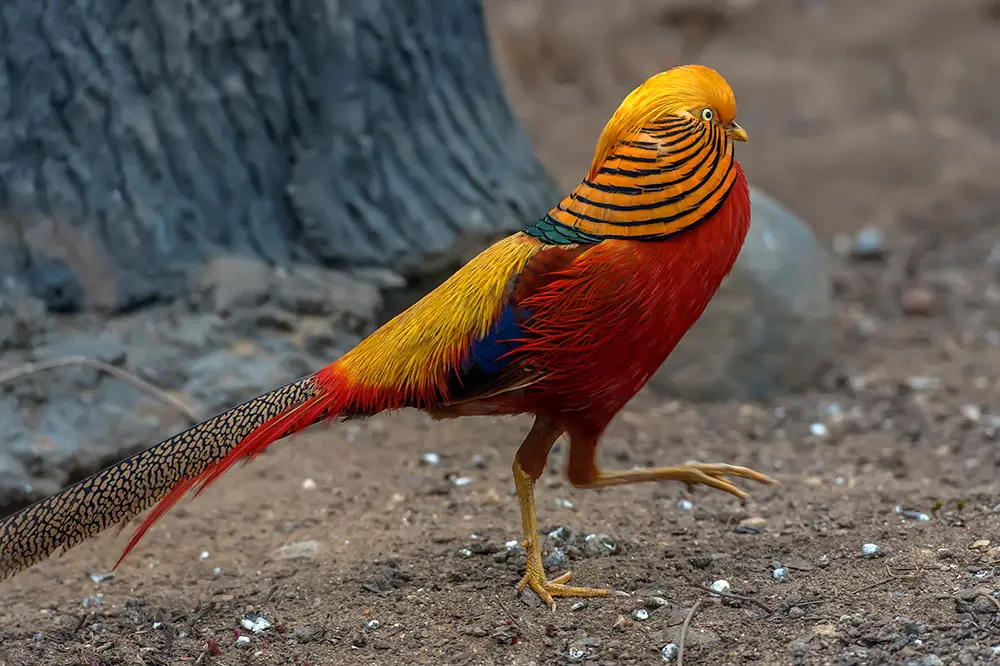
Several of the world’s longest rivers meander through the Chinese countryside and play host to many of the country’s reptile and fish species which rank 9th and 5th respectively. Although these numbers are high, accounting for 14% of all vertebrate species worldwide, only 10% of these are endemic. China is the largest country on this list by land area and sits northwest of the second smallest but no less breathtaking nation.
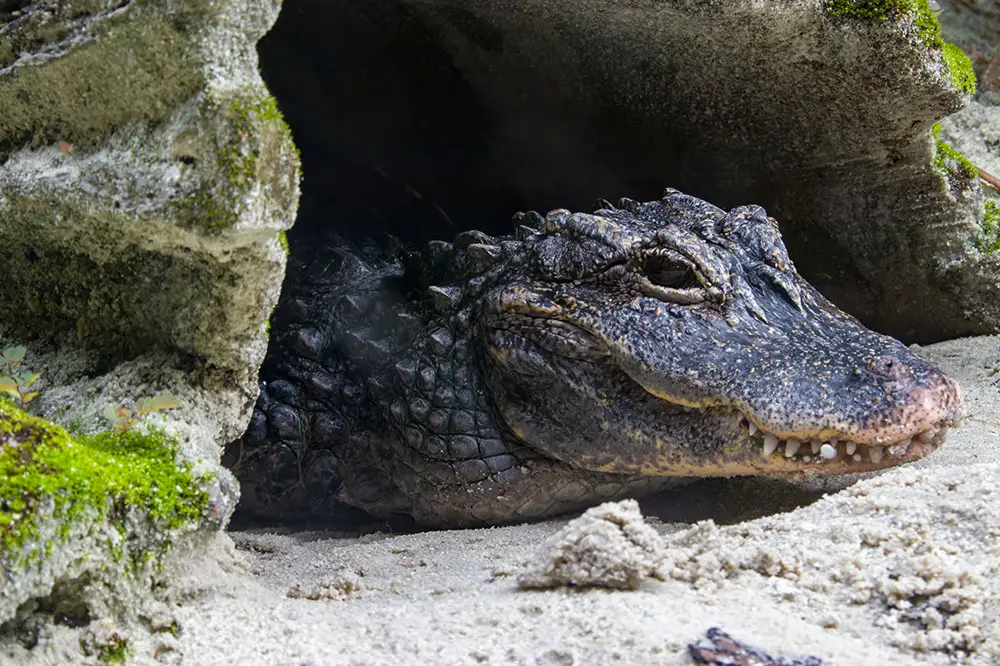
Philippines | Asia
The archipelagic nation of the Philippines is made up of no less than 7,000 islands and perhaps unsurprisingly performs best in the fish category—with well over 3,000 species found in the picture-perfect waters, placing it 6th worldwide. There are several species of marine mammals, which also enjoy the warm waters here alongside many invertebrates and some of the world’s most venomous reptiles. The Philippines is located in an area known as the Coral Triangle, which encompasses several other countries on this list and contains 76% of the world’s coral species.
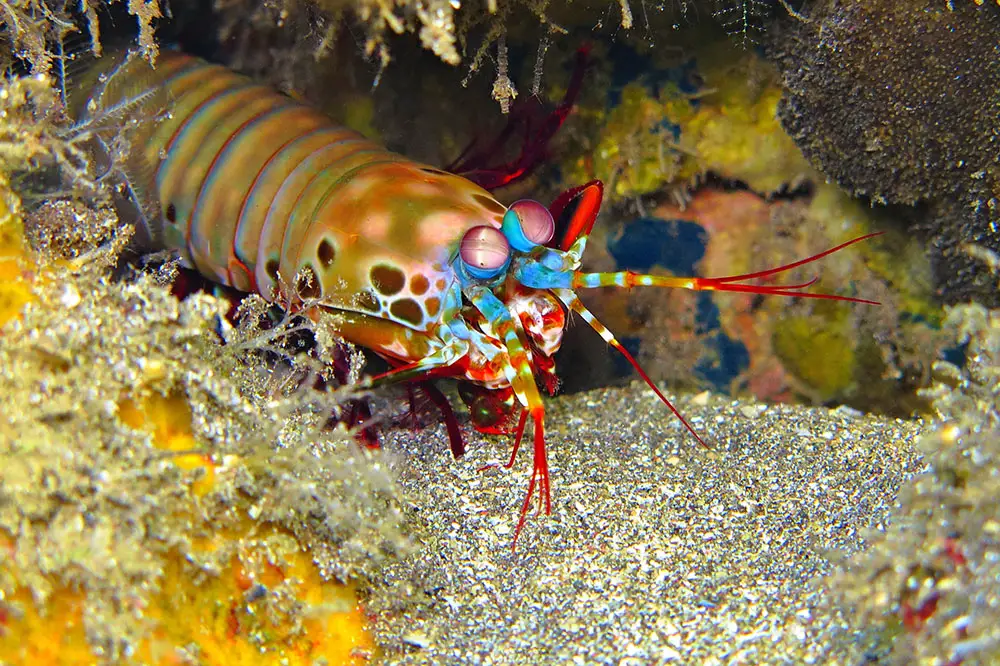
Although the species count is much lower on land, the level of endemism is high with 50% of the terrestrial vertebrate species here found nowhere else on earth. Mammals make up the second smallest group of terrestrial vertebrates but exhibit a higher-than-average level of endemism at 65% of the 220 species. From one coral-rich nation to another, our journey continues in a country split between two locations.
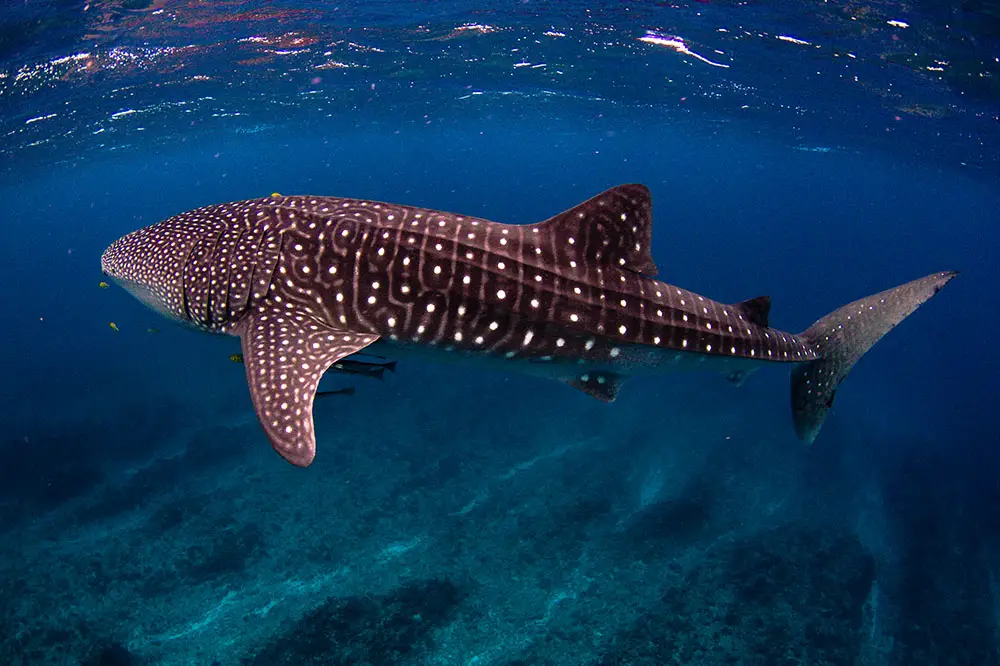
Malaysia | Asia
The relatively small nation of Malaysia ranks just 67th by total land area globally yet, with the exception of birds, places inside the top 20 for all categories in terms of species count. This nation shares the famously diverse island of Borneo with two other countries, although it doesn’t exhibit as high a level of endemism as you might think—at just 20% of its 222 mammals and 9% of its 420 bird species. While the wildlife of Borneo is no doubt still impressive, some of Malaysia’s most incredible animals reside on the mainland.
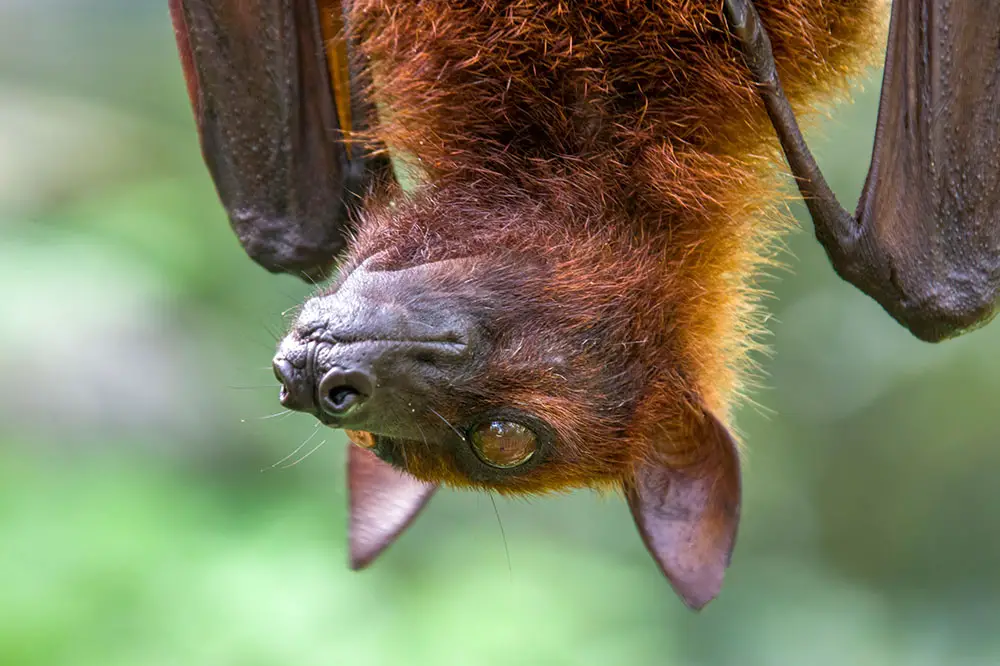
The Malayan Tiger is one of the rarest big cat populations, with numbers estimated to be as low as 80 to 120 individuals remaining. As you might expect from this part of the world, the species-rich Malaysian rainforests abut equally pristine turquoise waters that harbour a wealth of marine life including many invertebrate species, reptiles and fish. The island of Borneo is split between three nations, with our next country being the largest shareholder.
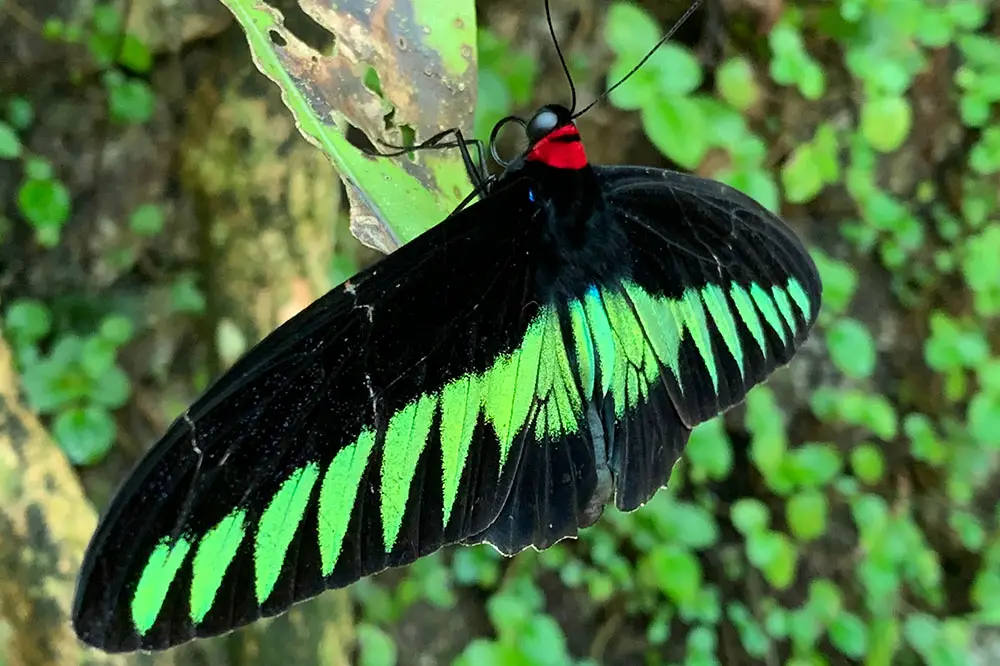
Indonesia | Asia
Indonesia is another country that would bring home three medals, securing one gold in the mammal event with over 700 species. One of the reasons this number is so high is the faunal boundary straddled by Indonesia which sees some types of animals abundant on one side and sparsely populated on the other. According to the CIA World Factbook, this archipelagic nation has the 3rd longest coastline of any country in the world and supports the second largest number of fish species.
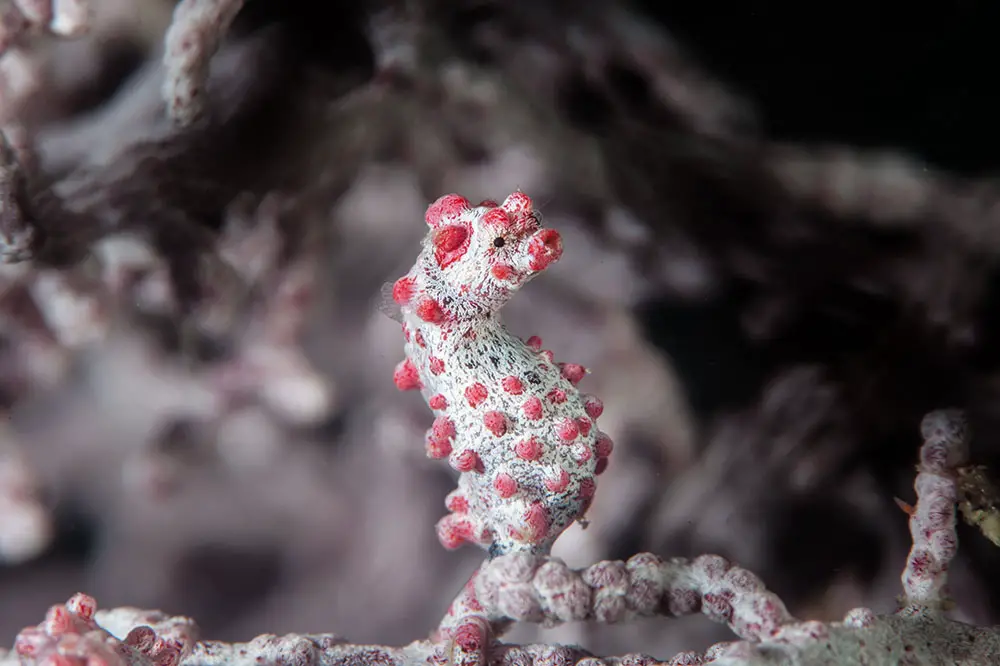
In addition to owning the largest portion of Borneo, Indonesia also owns the world’s 6th largest island, Sumatra, which is the only location where tigers, rhinos, elephants and great apes live together. As if that list of accolades wasn’t enough, Indonesia ranks 4th both by the number of bird species and by the number of reptiles, including the world’s largest lizard, the Komodo Dragon. Indonesia also occupies territory on New Guinea, which is located to the east and split between our next megadiverse nation.
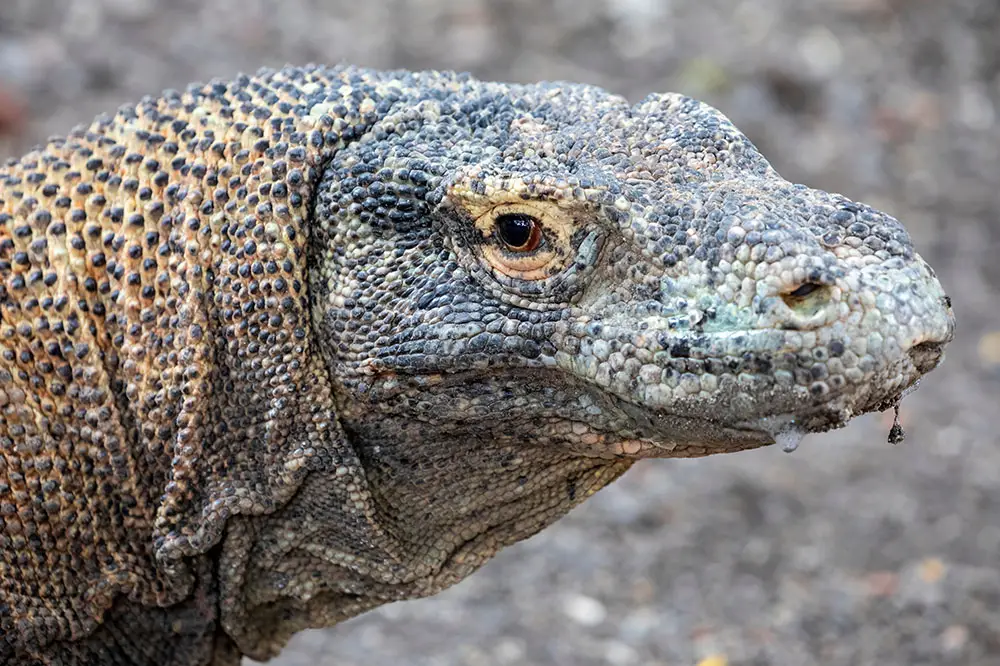
Papua New Guinea | Oceania
While Papua New Guinea is the 4th smallest of the megadiverse countries, it is the world’s 3rd largest island country behind Indonesia and Madagascar. The island of New Guinea is home to 12 of the 14 species of tree kangaroo and some of the bird species with most spectacular plumage and the most impressive displays of courtship. But it’s not just terrestrial species that thrive here.
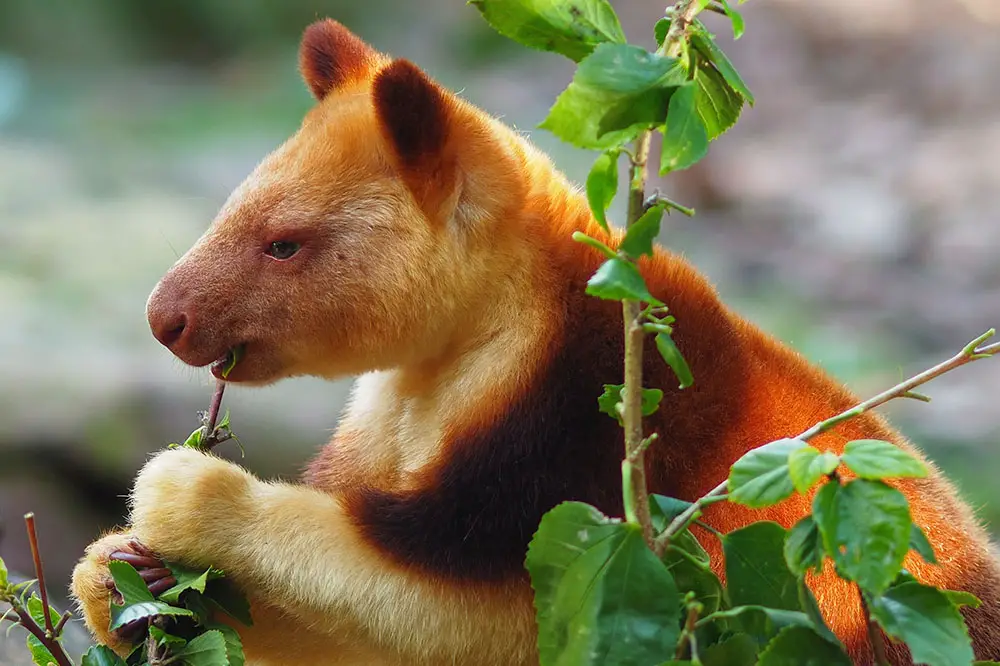
In addition to its portion of New Guinea, this country also owns many smaller islands that stretch out into the Bismark and Solomon Seas. Like those of the Philippines, the reefs in this area are part of the Coral Triangle and support some of the world’s most diverse marine ecosystems which, along with many other fish species, house some of the world’s most unusual sharks. Papua New Guinea is part of the continent of Oceania whose largest member is found just 150 km due south.
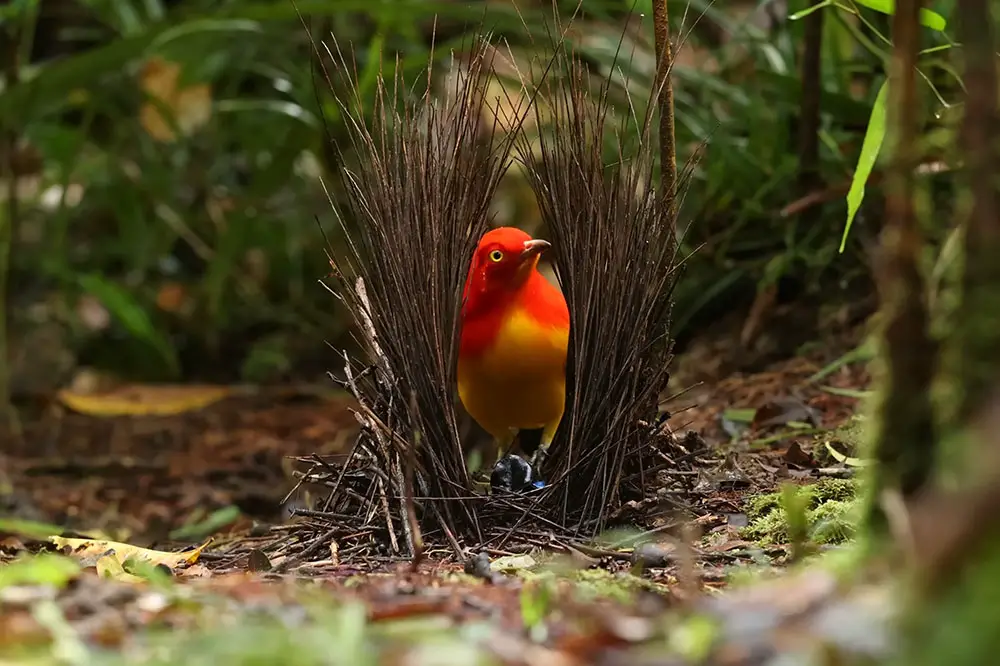
Australia | Oceania
Australia is the sixth largest country in the world and at the same time features some of the most intimidating and heartwarming creatures. It is home to the third most vertebrate species due in part to the number of reptiles and fish, which are more numerous in species count than any other country. The Great Barrier Reef is one of Australia’s most revered natural wonders, stretching 2,300 km / 1,429 mi up its northeastern coastline and alone harbours over 9,000 species including 400 types of coral, 1,500 species of fish, and 4,000 types of mollusc.
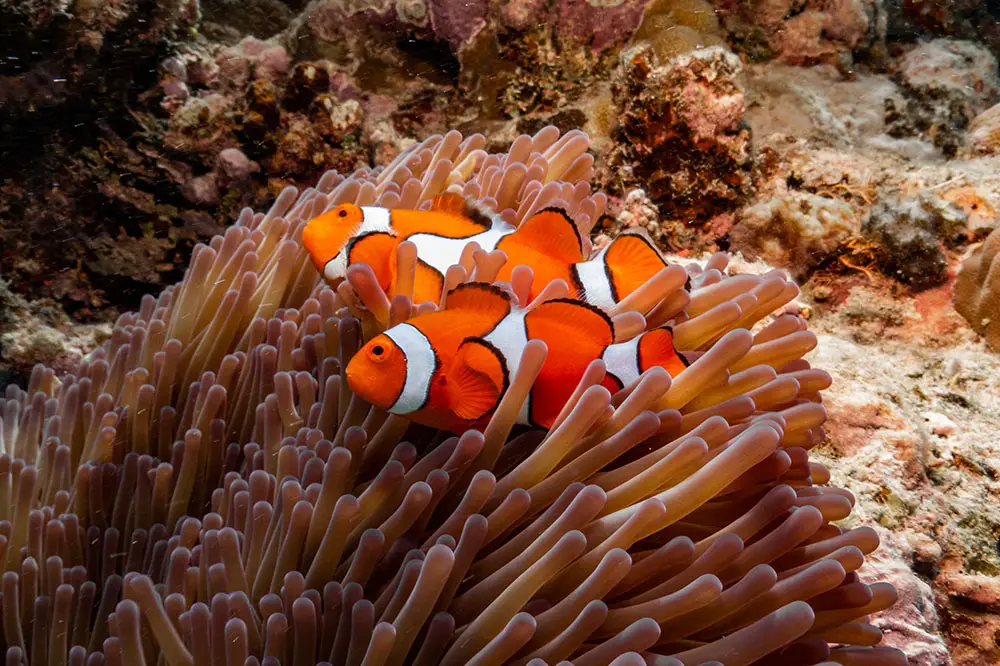
Like Madagascar, it is thanks largely to its historical separation from other continents that Australia also exhibits impressive levels of endemism with 82% of its mammal species and a staggering 93% of its frogs found nowhere else on the planet. Australia’s easternmost point sits over 11,000 km across the Pacific Ocean from our next stop, the first of 7 nations to explore in the Americas.
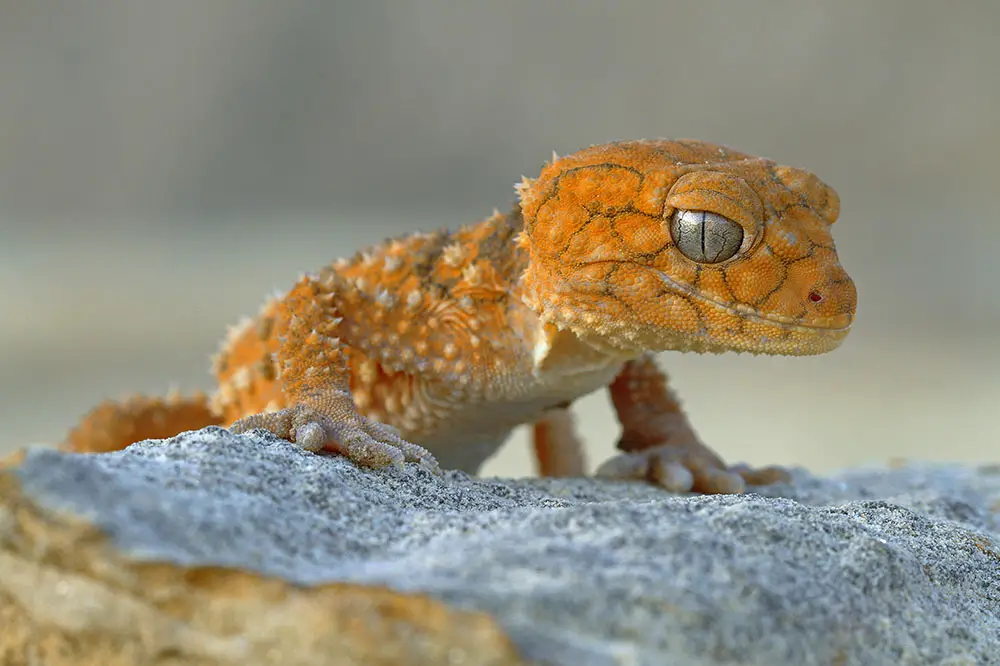
USA | North America
The territory of the United States represents one of the largest differences in latitude, gifting the country a wide range of biomes from the subtropical tip of Florida in the south to the temperate areas of the east and the dry deserts of the west, all the way to the boreal forests of Alaska in the north. Although the U.S. is home to many beautiful and iconic bird species, this is, in fact, the area in which it performs the worst, being the only category with a ranking outside of the top 20. Conversely, The United States ranks best by the number of mammals with the 5th highest number of species residing within its borders.
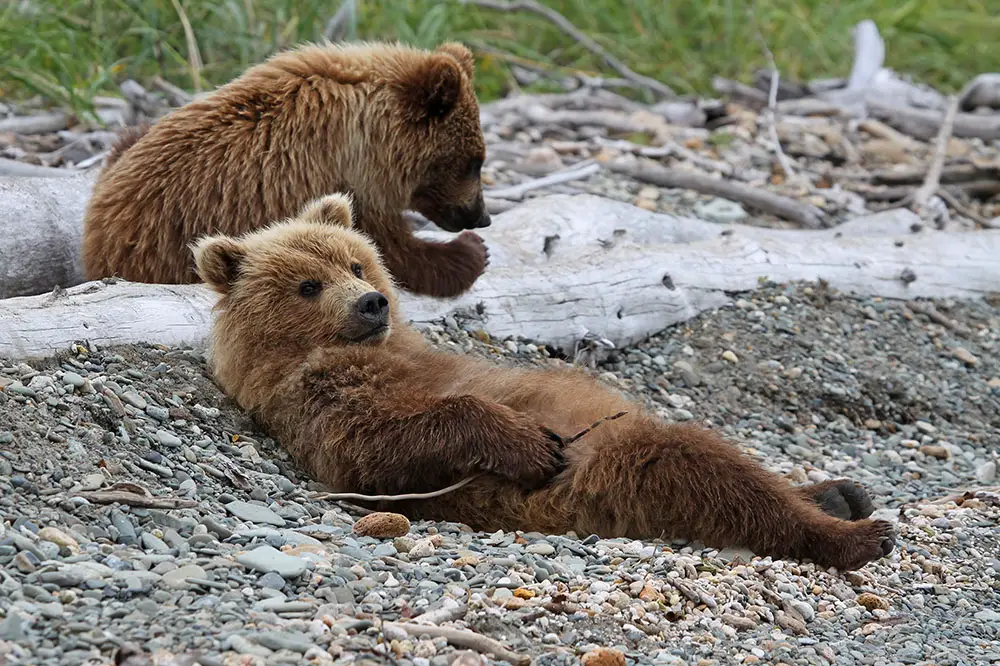
Thanks to the state of Hawaii and the extensive freshwater system of the contiguous states, this country also boasts the 7th highest number of fish species as well as ranking in the top 10 for reptiles and the total number of vertebrate species. The flora of the U.S. is also quite striking with over 15,000 species found between its 50 states. If you thought America’s biodiversity was impressive, it might surprise you to know that it is outranked in all but one category by its neighbour to the south.
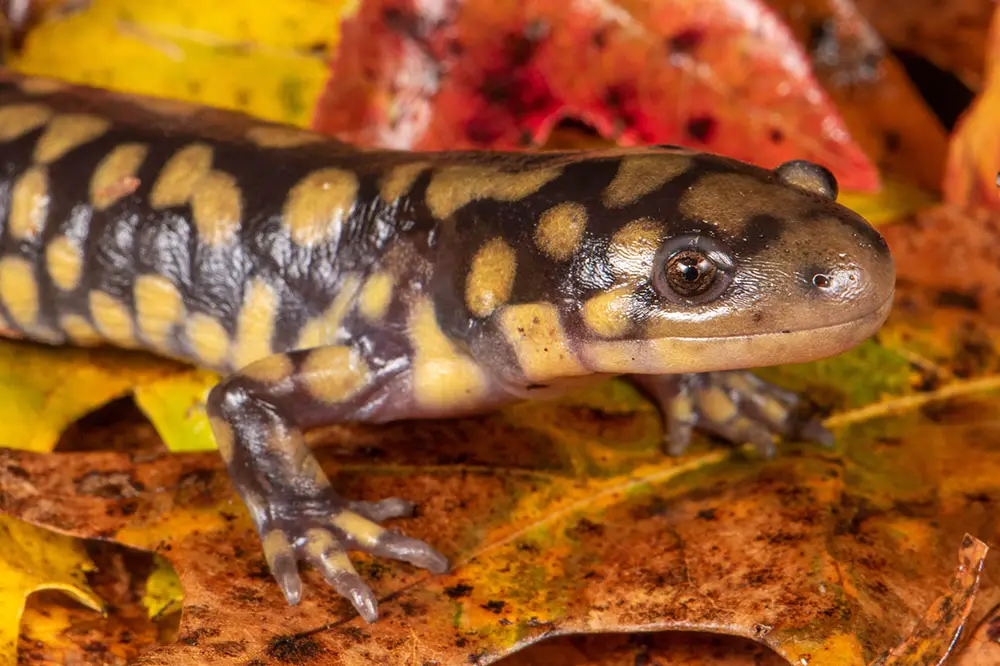
Mexico | North America
Mexico is another well-balanced nation, placing in the top 10 for every category with the exception of birds, for which it ranks 11th. Mexico has two dominant biomes, desert and tropical forest both of which act as excellent habitats for reptiles, which gift the country its highest ranking, placing second globally behind Australia. The forests of the south play host to many species of mammal, so much so that Mexico is one of only 5 countries home to over 500 mammal species.
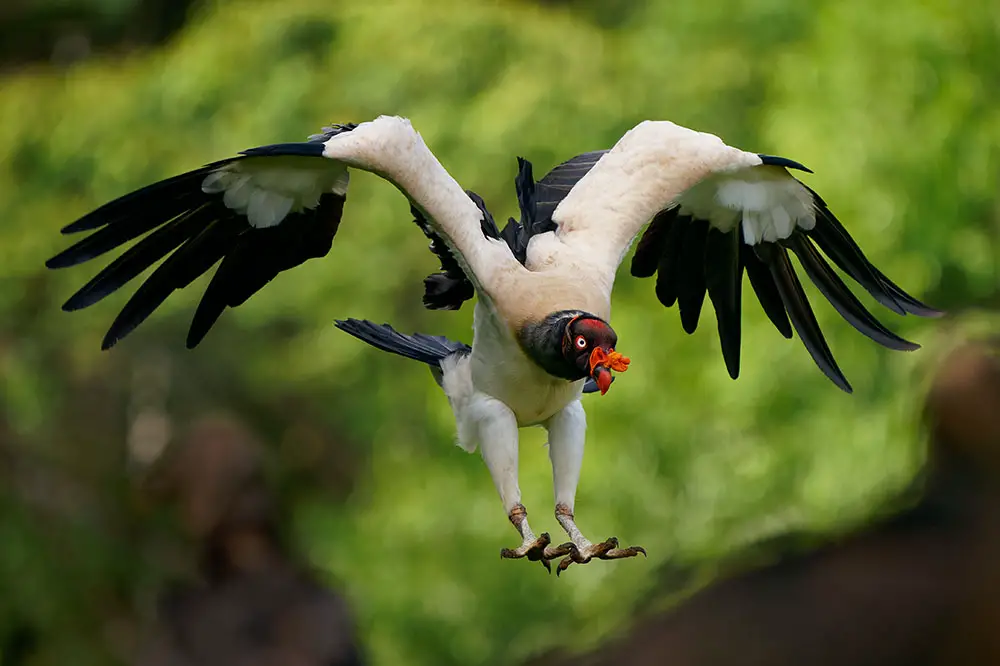
This nation is also included in a small group of 5 that are home to more than 20,000 vascular plant species. As impressive as its terrestrial wildlife is, Mexico also features two long coastlines, which border two of the world’s marine biogeographic realms; the tropical eastern pacific and the tropical western Atlantic. In an effort to save the best for last, our journey concludes with a set of countries found on the banks of the world’s most epic river.
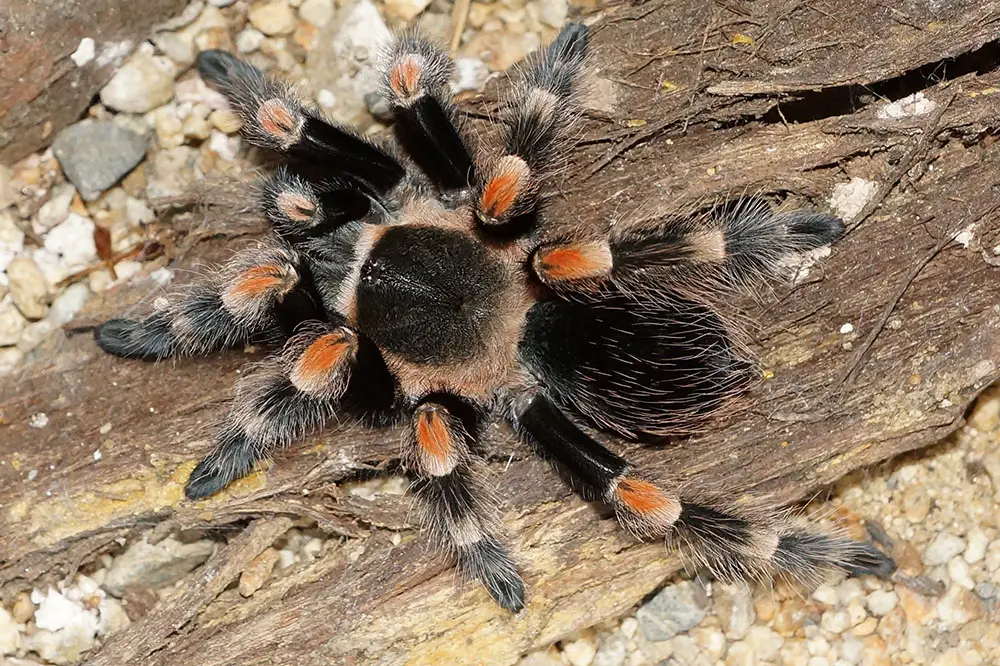
Venezuela | South America
Venezuela is the first of five countries we’ll discuss whose species count is dictated largely by their proximity to the most biodiverse area in the world, the Amazon. Of these five countries, Venezuela owns the second smallest portion of primary forest at just over 6%, so it is somewhat surprising that this country exhibits the third most vascular plant species in the world at around 30,000. In terms of fauna, despite hosting some truly spectacular wildlife, Venezuela performs the lowest of the South American megadiverse countries.
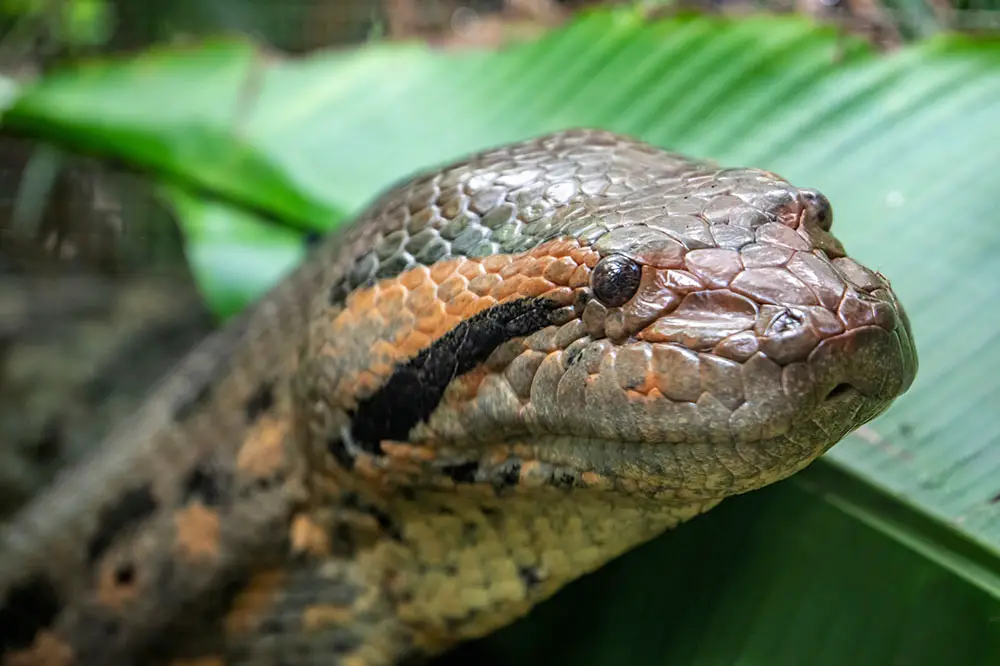
One area that sets Venezuela apart from most of these nations, however, is its long Caribbean coastline that is about as perfect as it gets and blesses Venezuela with a wide range of marine fish, in addition to the freshwater species found inland. Venezuela borders 3 countries but shares the Andes with only one, on its southwestern border.
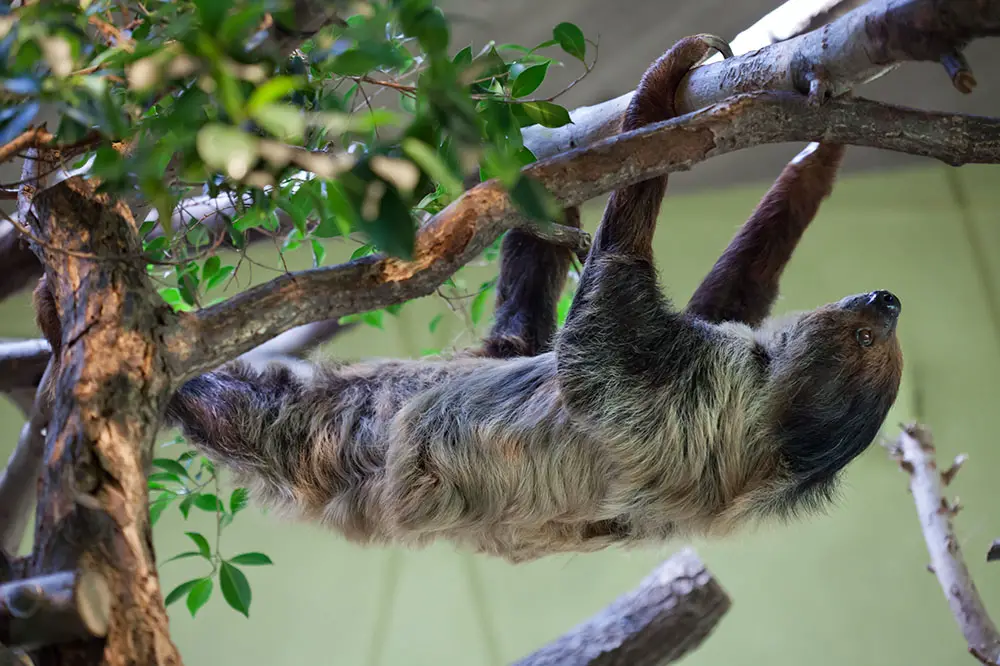
Columbia | South America
Colombia ranks significantly higher in terms of fauna, although despite being the only South American country to feature both a Caribbean and Pacific coastline, in addition to some of the world’s most incredible freshwater ecosystems, fish is the only category for which Colombia does not rank in the top 10. The country’s most impressive categories are those of its birds, featuring more species than any other country, and amphibians, being surpassed in number only by Brazil.
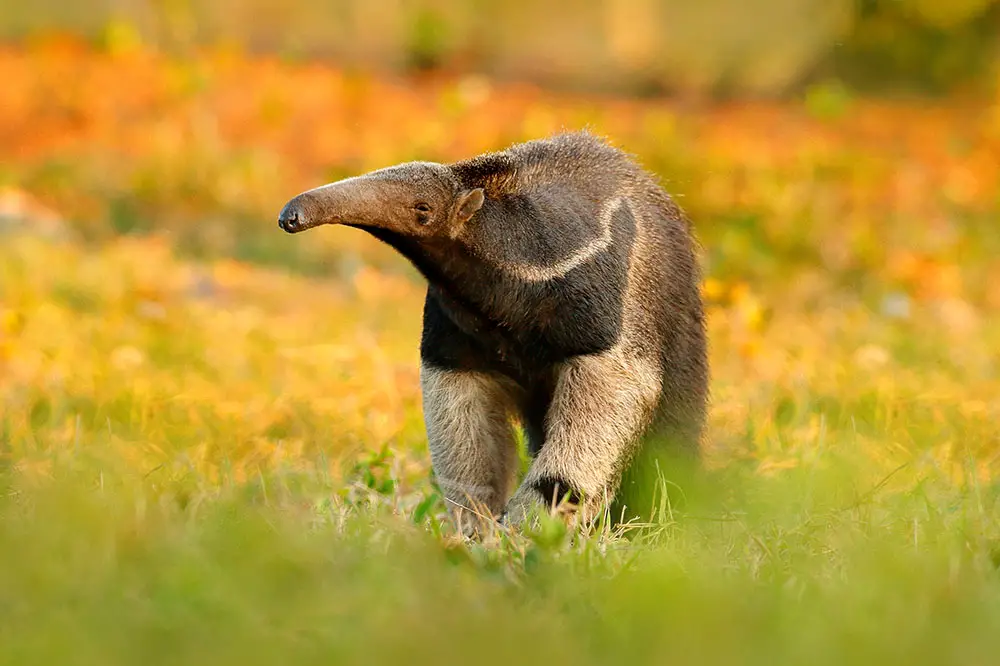
There are over 600 species of reptiles here including some of the most eye-catching snakes and almost 500 species of mammals, all of which are supported by the third largest chunk of the Amazon at just over 8% of the primary forest. Colombia is only marginally larger than Venezuela but is exactly 4 times the size of its tiny southwestern neighbour.
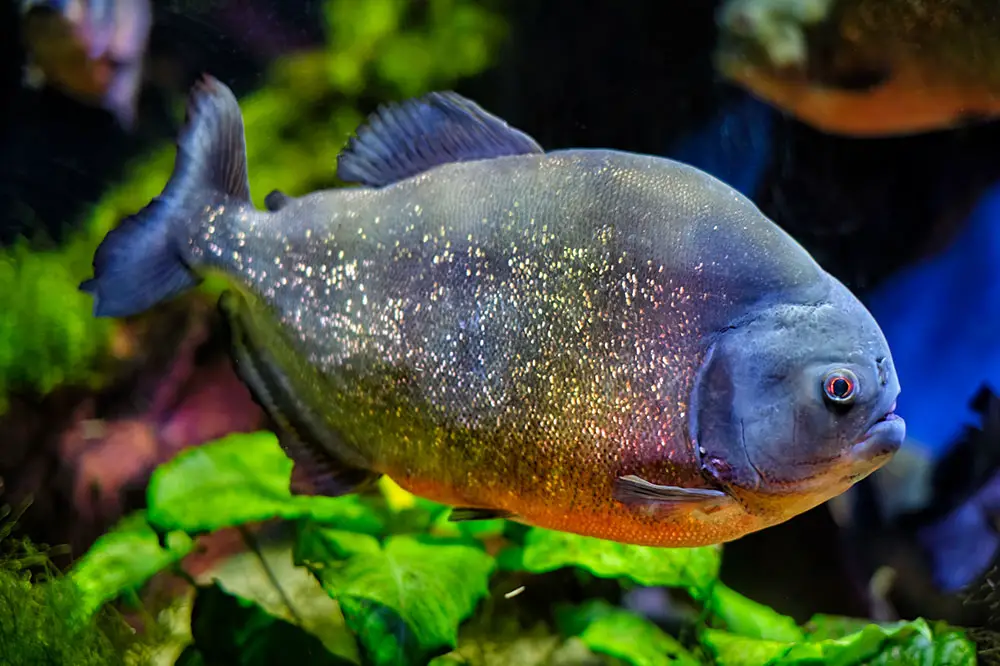
Ecuador | South America
Given that Ecuador is the smallest megadiverse country, and of them owns the smallest percentage of the Amazon at just 1.7%, it is perhaps the most impressive for the density of the species it harbours. This country ranks inside the top 15 for every category with the exception of fish, performing the best for its number of amphibian species, being surpassed only by Colombia and Brazil.
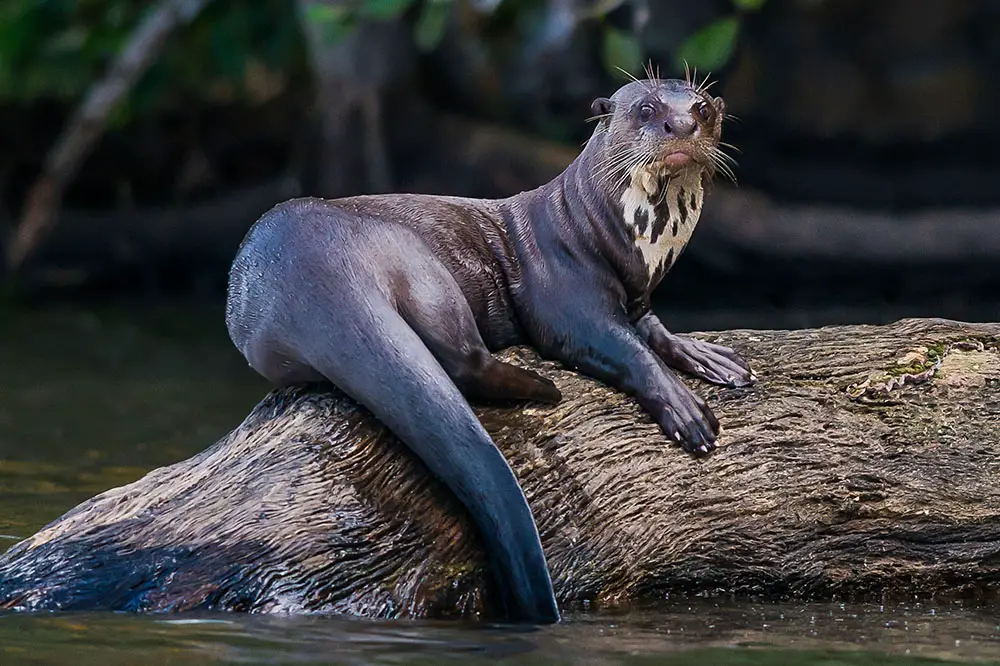
In addition to the tropical forest on the mainland, what makes Ecuador unique for other South American megadiverse countries is a collection of famous islands that sit 1000 km east of the mainland. The Galapagos islands display some of the highest levels of endemism with a staggering 97% of its reptiles and terrestrial mammal species found nowhere else. The birds of the Galapagos are also unique, with 80% of the species shown to be endemic. Heading back to the mainland, the Andes are exhibited by few greater countries than our penultimate megadiverse nation.
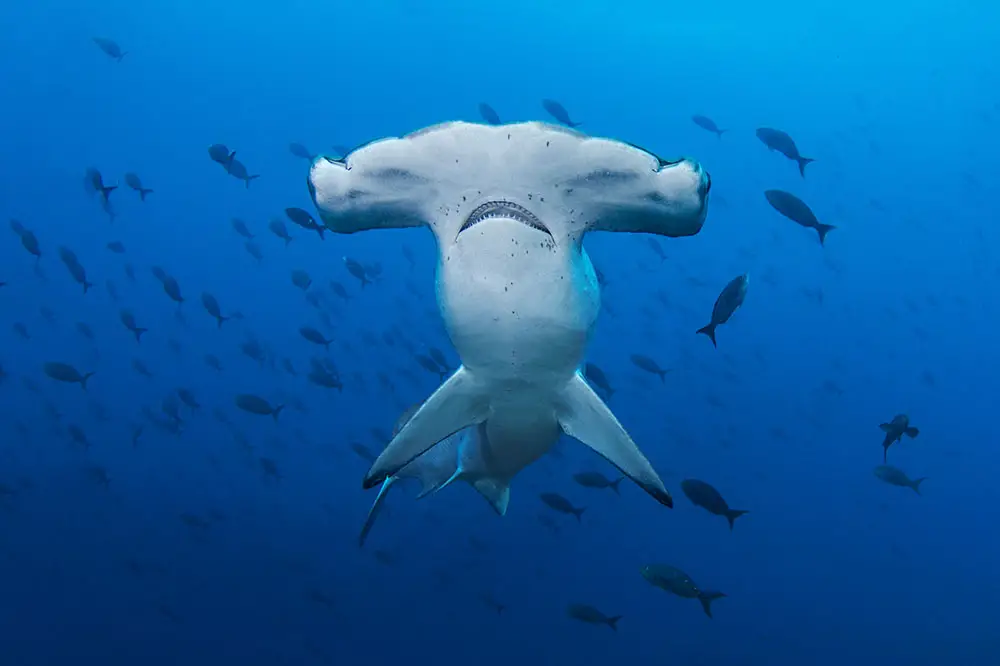
Peru | South America
Peru is one of the countries that best exhibits South America’s most epic mountain range that stretches from Colombia in the north to Argentina in the south. Many of the country’s most well-known mammal species can be found traversing the rocky slopes of the Peruvian Andes including one animal after which the fictional Paddington Bear was based. Although this nation’s mountains are a site for sore eyes, at the eastern foothills of the Peruvian Andes lies the second largest portion of the Amazon rainforest at 12.7%.
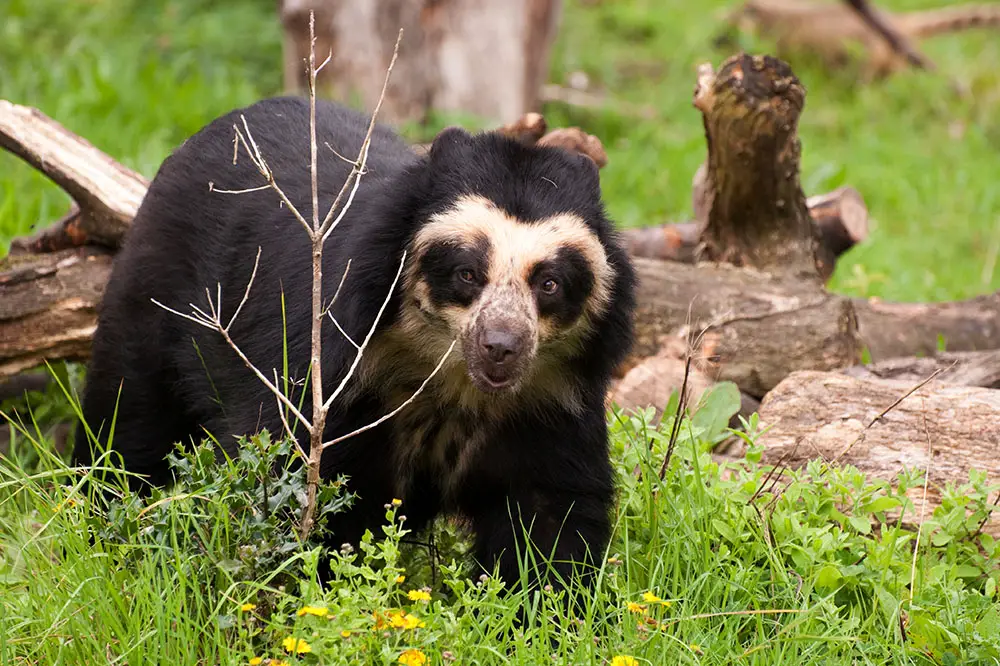
This gifts Peru the second most bird species in the world, just a fraction less than Colombia, the fourth highest number of amphibian species and the 6th highest number of mammals. The floor of the Amazon is teeming with invertebrates, which are interesting in their own right and play an important role in the food chain of the great forest. Of all the countries covered so far, none exhibit the performance and consistency across multiple categories than our final and largest Amazonian nation.
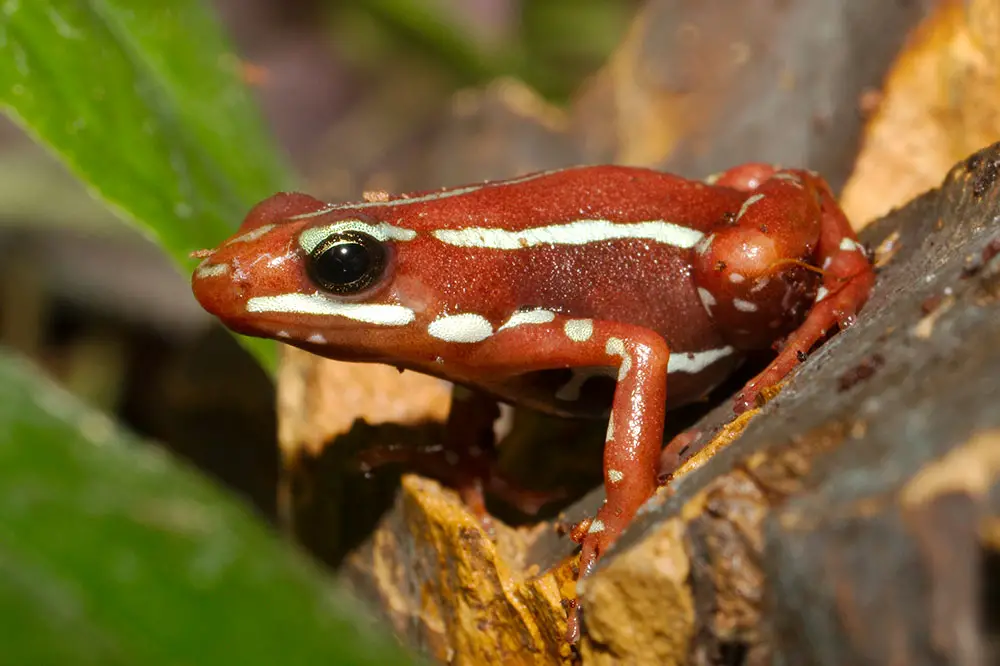
Brazil | South America
Brazil is the fifth largest country in the world and by far the largest in South America. Its long list of accolades includes the highest number of amphibian species—being the only country to feature over 1,000—the highest number of vascular plant species at almost 35,000 and the second-highest number of mammals at just under 700 species. In the categories where it doesn’t claim gold or silver, the absolute worst position Brazil can muster is bronze which it does so in the bird, reptile and fish events.
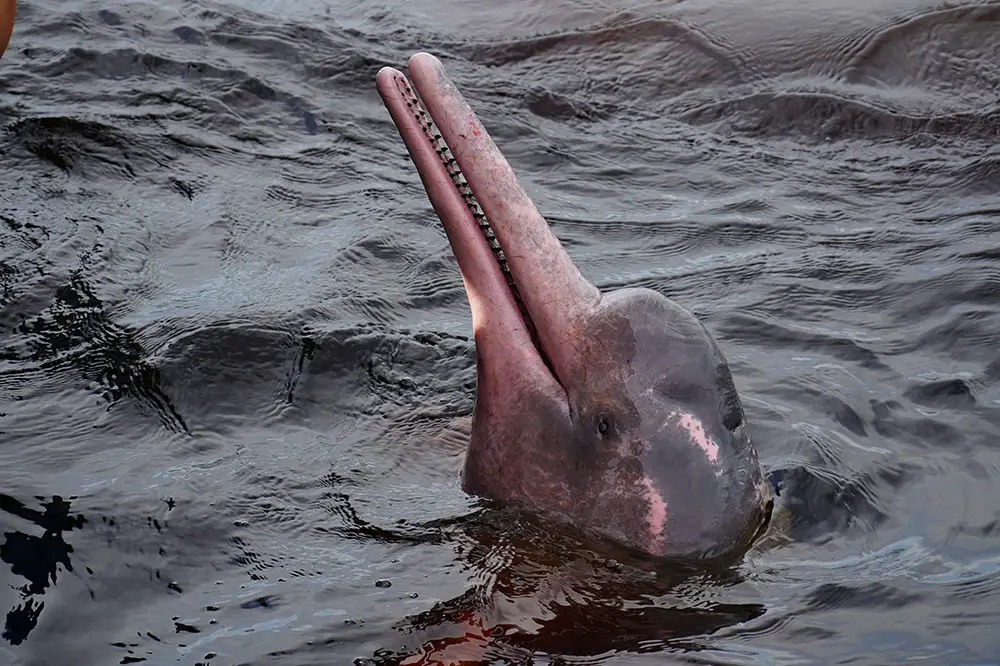
Brazil is thought to have not only the largest number of total species but also the largest number of endemic species with over 2,000 endemic freshwater fish, over 800 endemic amphibians and over 250 endemic birds and mammals. In terms of biodiversity, there are few areas of the world more important than Brazil; a country home to roughly 60% of the Amazon and the world’s largest tropical wetland area, which you can learn about here as one of the World’s Greatest National Parks.
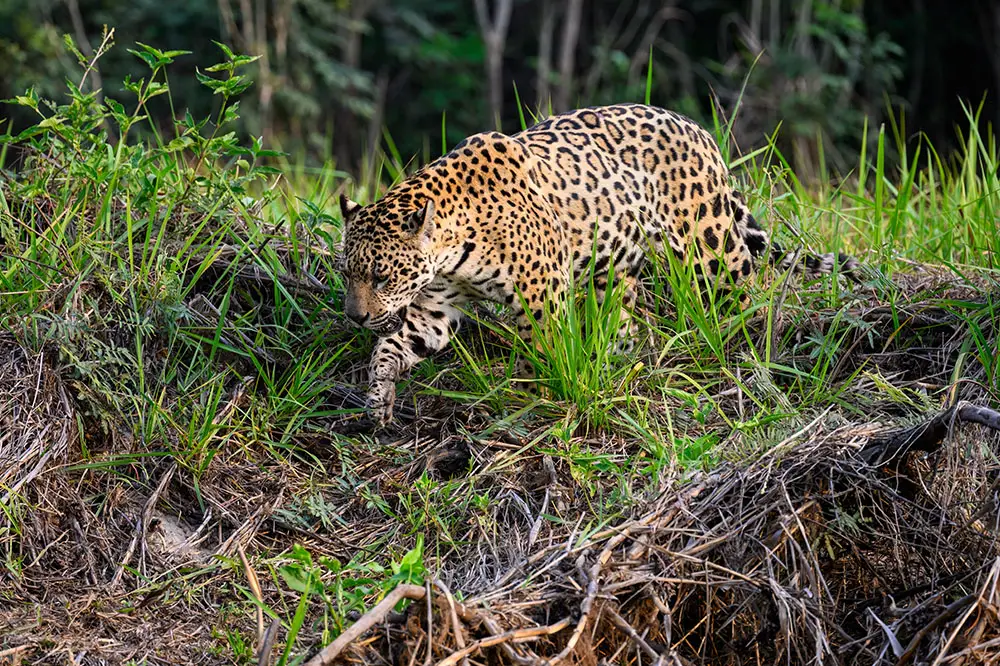
Sources
Megadiverse countries, Number of species found in each country, Number of endemic species found in each megadiverse country, Lists of endemic species in each country, Lists of each country’s endemic species, Madagascar orphan extinction, Madagascar lemurs, WWF Madagascar, Fynbos, South Africa’s coastline, Congo rainforest, Congo basin, Congo beetle, Giant stag beetle, India, China, Coral triangle, The coral triangle, Philippines endemism, Malaysia, Wallace line, List of countries by length of coastline, Sumatra, Papua New Guinea, Island endemism, Australian biodiversity, Great barrier reef, Great barrier reef UNESCO, Mexico, Galapagos, Armadilo & Brazil.
